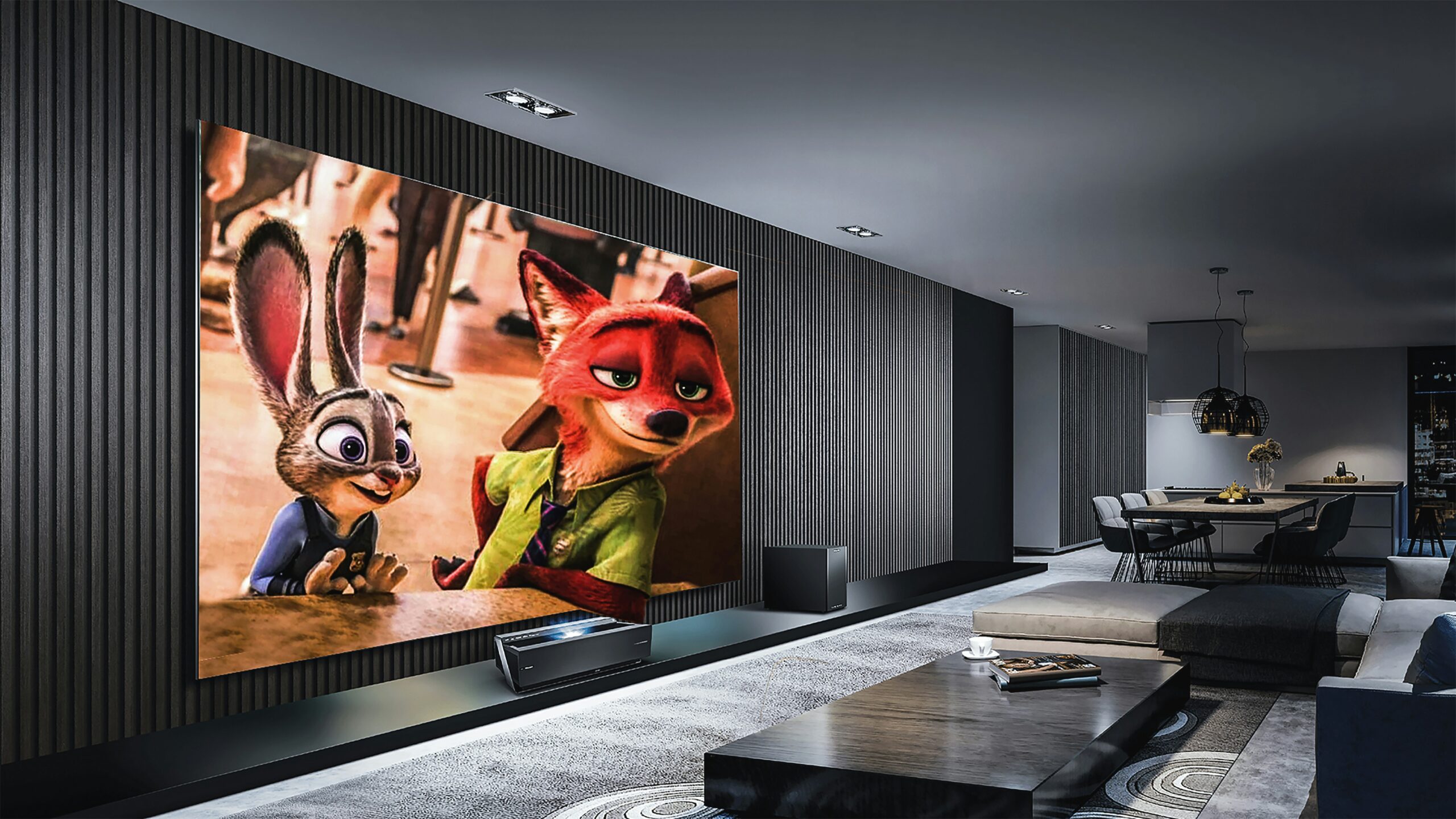When it comes to home theatre installation, there are only a few components that you have to worry about. Basically, you want to be able to see it, hear it and enjoy it. This means you need to consider your television, speakers and furniture from the outset. Everything else is just window dressing for that core experience.
Therefore, you will want to start by selecting the right equipment, ensuring along the way that all the systems can interact with one another. Then, you will have to choose the layout and decide how far you are willing to go to improve it. Finally, you’ll have to test the system and make adjustments based on your own experience. After all, perfection is a process, not a particular point.
The Process of Home Theatre Setup
Deciding On Your Equipment
The first step in your home theatre installation, as mentioned above, is choosing your equipment. Thankfully, the entire electronics industry seems to be moving ever closer to universal compatibility, so you won’t have to worry too much about choosing products from the same manufacturer or series or whatever. Instead, you can focus your attention on user reviews and ratings.
Why these and not other advertising ploys? Well, the reality of consumerism, even where it concerns home theatre installation, is that advertising is there to get you to buy the product. But, other people who already have made the purchase don’t have this same obligation and are much more likely to speak truthfully about how the product actually works. This feedback is invaluable when making any purchasing decision, not just for electronics.
Therefore, the best way to choose a product is to look at what other people are saying about it. You can do your own research for your area to make an informed decision, but it also helps to understand what features are important to you, such as screen size, audio quality or wireless connectivity. Small audio devices, for example, the McIntosh mc152 fit perfectly into your home theater and give you high-quality sounds to get the gull home theater experience. This will help you narrow down your search.
Planning & Setup
Once you have your equipment, or perhaps even before, you should critically evaluate your theatre space. Ask yourself questions like:
- How much space do I have?
- How can I create an immersive experience?
- What will I be using my home theatre for primarily?
- Will I need to drill holes for wires or make other adjustments?
Asking yourself these questions will also help you narrow down your focus, especially where it concerns things like the size of your television. But, you can also take this opportunity to plan your seating arrangements and the layout of the room, which can certainly save you headaches later on.
Experience-based Improvements
Finally, after your home theatre installation is complete, don’t be afraid to make changes if things aren’t working out as you expected. There is little worse than committing to something solely because you don’t want to admit you’re wrong, so make sure to keep an open mind for improvements and other quality of life ideas. These will help you learn to further enjoy your setup and improve upon it over time.

